Got heating oil? In this post, we’ll break down how to read a heating oil tank gauge. We’ll also explain how an oil tank gauge works and when to order oil.
How an Oil Tank Gauge Works
A home heating oil tank usually features an internal tank gauge. This tank gauge has a few components:
- A float on the end of an arm
- A sight glass (ok, it’s actually plastic)
- A disc that rises and falls with the oil level
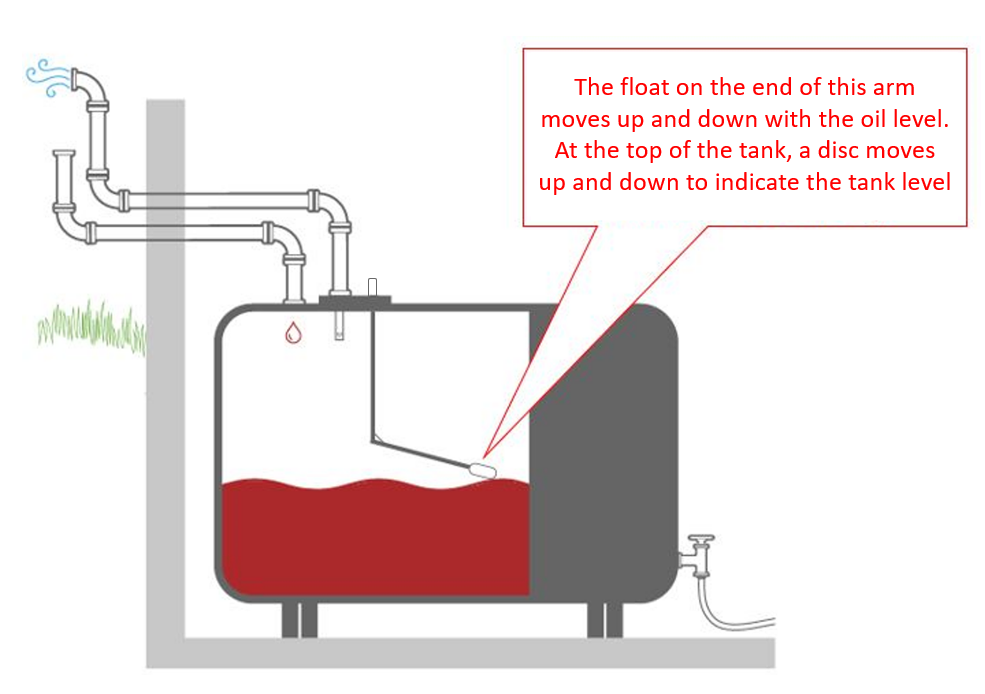
Reading a Tank Gauge
The oil tank gauge features a disc that is visible at the top of the tank through a plastic sight. The sight features tick marks indicating how full the tank is. Look at where the top of the disc lines up with the tick marks to determine the current level in the tank.

How Much Oil Should I Order?
How much oil you should order depends on the size of your tank, as well as how full the tank is. Use the guide below to determine how much to order. For twin tanks, simply double these amounts.
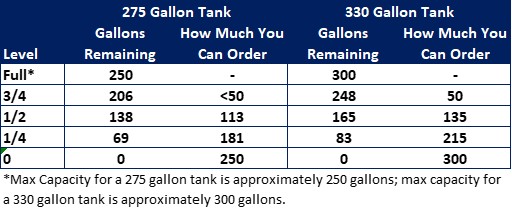
Types of Oil Tank Gauges
Float gauges like the one above are not the most reliable tank gauges. They can wear out or get stuck over time. Further, they can end up with sludge on the float.
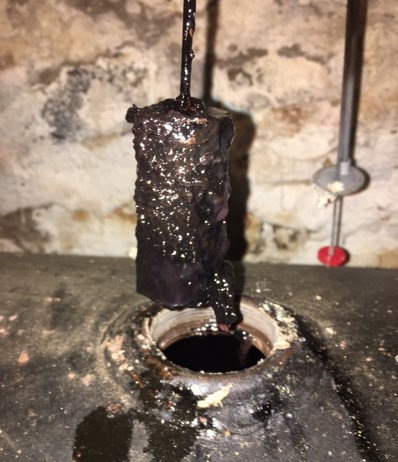
Float Gauge
This is the most common type of tank gauge and comes in a few varieties. The floating arm type, shown above is common in traditional steel tanks. There is also a string type that is common on Roth tanks.
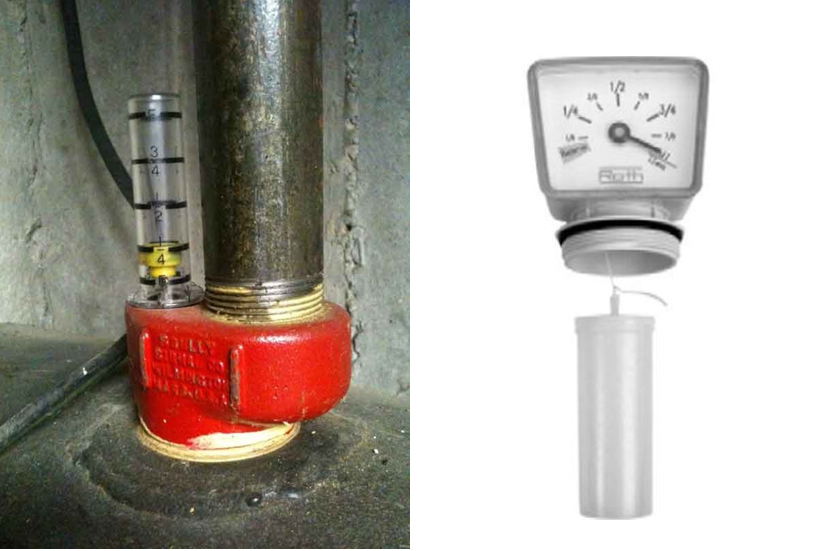
Dip Stick
The tried and trusted method for being completely sure of your oil tank level is the old-fashioned dip stick. Use the dip stick to measure how many inches of oil you have. Then, refer to an oil tank chart to determine gallons.

Smart Oil Gauge
Perhaps the best invention since the discovery of heating oil is the Smart Oil Gauge. The Smart Oil Gauge uses an ultrasonic sensor to measure the oil level. The device connects to WiFi and uploads readings to the cloud. From there, you can check the level via an app on your smart phone.
The Smart Oil Gauge not only tells you exactly how many gallons you have, it also tells you how much oil you are using and gives an estimate of when you’ll need oil next. It sends you low-level alerts, and lets you reorder oil right through the app.
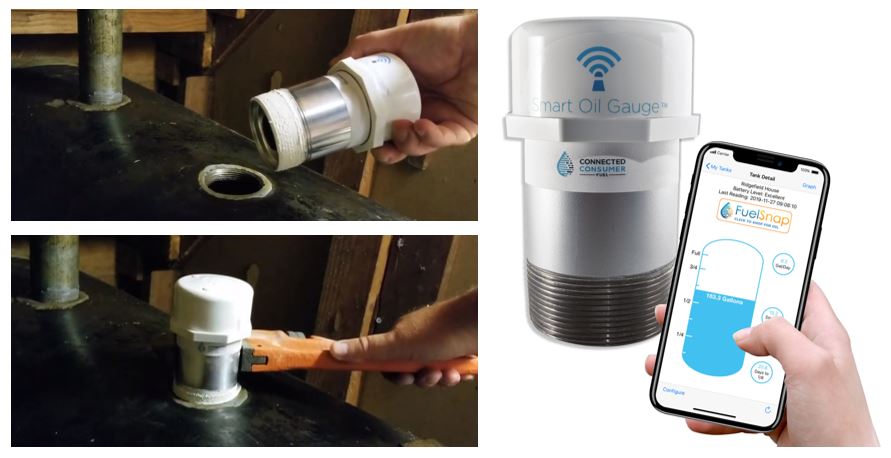
Choosing the Best Type of Oil Tank Gauge
There are pros and cons to each type of heating oil gauge. The float gauge gives a good estimate of the oil level. A dip stick can be more precise, but is cumbersome. The Smart Oil Gauge can be read remotely, but requires WiFi. Use the guide below to choose your oil tank gauge.

Tips for Reading Your Oil Tank Gauge
Knowing your own heating oil gauge is important. Some gauges read high; others low. If you want to be sure your float gauge is accurate, we recommend checking it using a dipstick. If you purchase a Smart Oil Gauge, make sure you input the correct tank style (e.g. 275 vertical or 330 horizontal) into the app. The app will adjust the readings based on this.
If you are relying on a float gauge, remember that it will only provide an approximate level. It should not be relied on as a precision device, and can definitely not be relied upon when the tank is nearly empty.
Happy heating,
Steve



